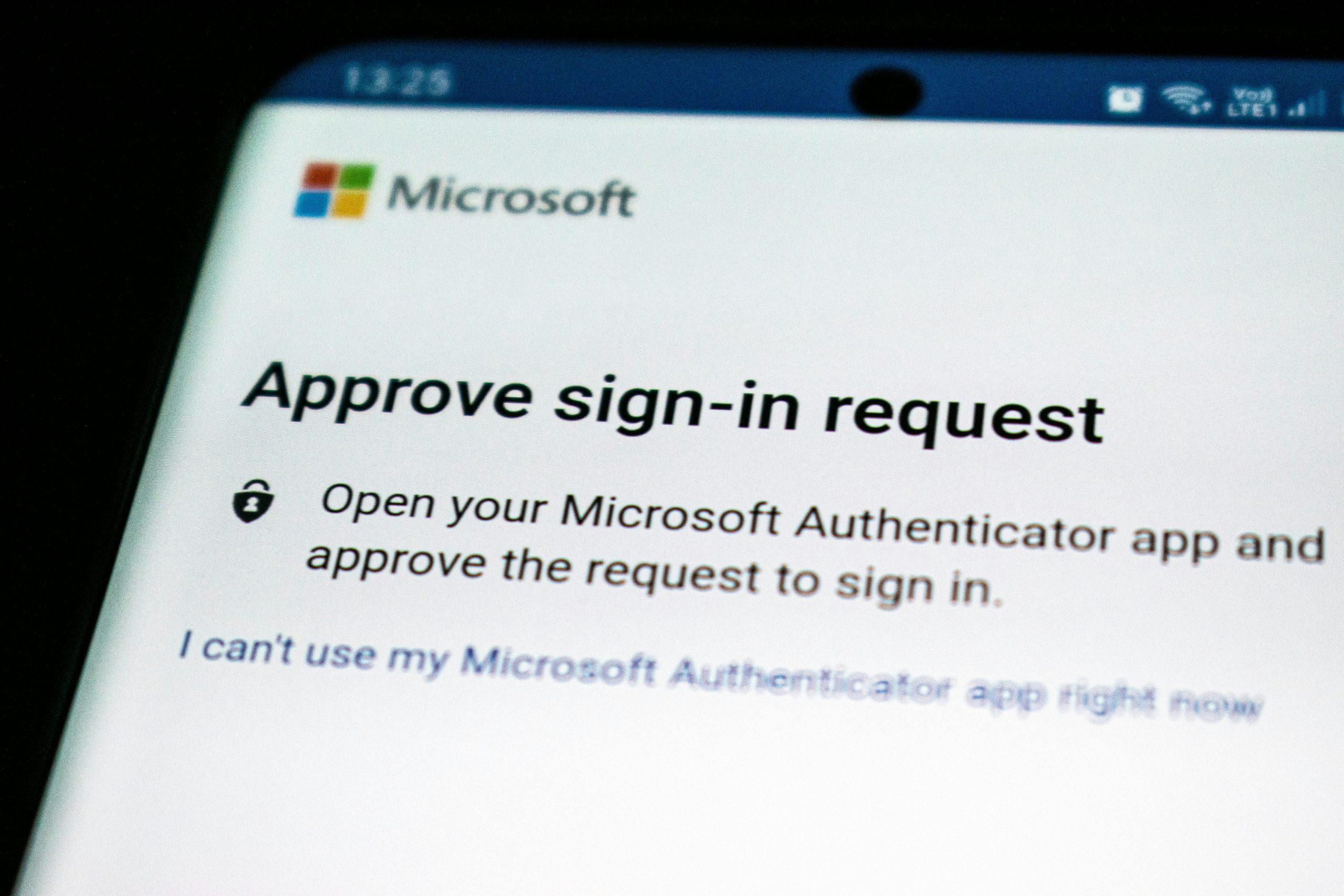
What Is An MFA Provider And How Does It Enhance Security?
Explore the benefits of implementing MFA at your organization to enhance security.

For organizations of all sizes and in all industries, maintaining security is of the utmost importance. One of the easiest and most secure means of checking that a user is who they say they are is multi-factor authentication, MFA, for short.
Businesses today are reliant on digital infrastructure, so protecting sensitive data, systems, and operations from cyber-attacks like phishing attacks, ransomware, and data breaches is vital. Companies will invest significant time and money annually into securing their networks against these threats.
A single security incident can result in significant financial loss, reputational damage, and even legal penalties. Investing in an effective solution is worthwhile to ensure that businesses can operate and remain resilient in the face of evolving cyber threats. That’s where MFA comes in.
What is MFA?
Multi-Factor Authentication (MFA) is an authentication method that requires the user to provide two or more verification factors to gain access to a resource. This is a great tool for increasing security because even if one credential is compromised, unauthorized users will be unable to meet the second authentication requirement. This will result in them being blocked from accessing the targeted physical space, computing device, network, or database, thereby keeping it secured.
MFA is a useful security mechanism that requires users to verify their identity using two or more factors before granting access to systems, applications, or accounts. These factors will often include:
- Something you know, which might be a password or PIN.
- Something you have, typically a physical token, smartphone, or authentication app.
- Something you are, so using biometric data such as a fingerprint, face scan, or voice recognition.
When MFA is enabled, users will log in with their primary credential and then complete an additional verification step. This multi-step process ensures that even if one factor (like a password) is compromised, unauthorized access is blocked.
What Problems Does MFA Solve?
Would Your Organization Benefit From MFA?
Overall, MFA significantly strengthens account security by reducing the risk of unauthorized access due to weak or stolen passwords. It is particularly effective against phishing, credential stuffing, and brute-force attacks, and helps to protect sensitive data, ensure compliance with security regulations, and builds trust with clients and stakeholders. This is a cost-effective and impactful way to strengthen security posture and reduce the risk of breaches.
By requiring multiple forms of verification, MFA adds an essential layer of defense, protecting sensitive data and systems. It is widely adopted across industries as a best practice for securing digital identities.
To learn more about MFA and discover the best solution to suit your organization’s needs, Expert Insights have some helpful resources that are listed below:
- How Does Multi-Factor Authentication (MFA) Work?
- Can Multi-Factor Authentication Be Hacked?
- Multi-Factor Authentication (MFA) Statistics You Need To Know In 2024
- 7 Tips For Choosing The Right Multi-Factor Authentication (MFA) Solution
- The Top 11 Multi-Factor Authentication (MFA) Solutions For Business





